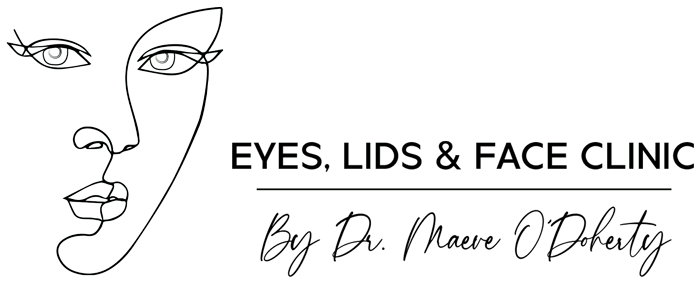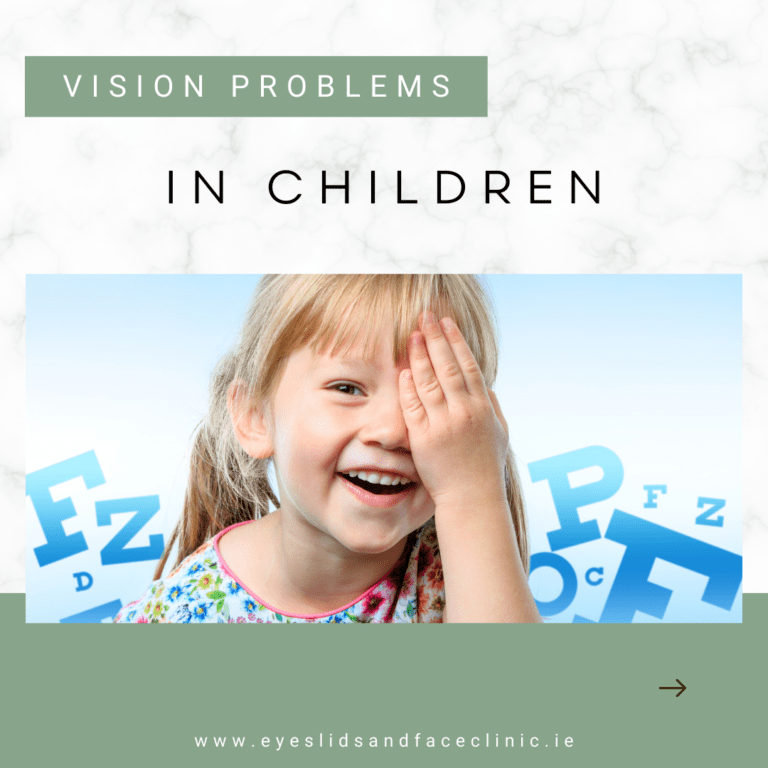When we think about vision problems, we often associate them with older adults. However, vision problems can affect children too. In fact, vision problems can have a significant impact on a child’s development and learning. In this blog post, we will discuss some common vision problems in children and how they can be detected and treated.
Common Vision Problems in Children:
- Amblyopia:
Also known as lazy eye, amblyopia is a condition in which one eye does not develop normal vision. This can happen if one eye is significantly weaker than the other, or if there is a misalignment of the eyes. If left untreated, amblyopia can lead to permanent vision loss in the affected eye.
- Strabismus:
Strabismus is a condition in which the eyes do not align properly. This can cause double vision or a lazy eye, and can lead to difficulty with depth perception.
- Refractive Errors:
Refractive errors are common in children and can include nearsightedness, farsightedness, and astigmatism. These conditions can cause blurry vision and difficulty seeing objects up close or far away.
- Color Vision Deficiency:
Also known as color blindness, color vision deficiency is a condition in which a person has difficulty distinguishing between certain colors. This can make it difficult to learn and perform certain tasks, such as reading charts or maps.
Detection and Treatment:
Regular eye exams are important for detecting vision problems in children. The American Optometric Association recommends that children have their first eye exam at 6 months of age, followed by exams at age 3 and again before starting school. After that, children should have their eyes examined every 1-2 years, or as recommended by their eye doctor.
If a vision problem is detected, treatment options may include:
- Glasses or Contact Lenses:
Corrective lenses can help children with refractive errors see more clearly.
- Patching:
Patching is a common treatment for amblyopia. It involves covering the stronger eye with a patch, forcing the weaker eye to work harder and develop normal vision.
- Vision Therapy:
Vision therapy is a series of exercises designed to improve visual skills and correct certain vision problems, such as strabismus.
- Color Vision Correction Lenses:
Special lenses can be prescribed for those with color vision deficiency to help distinguish between certain colors.
Conclusion:
Vision problems can have a significant impact on a child’s development and learning. Regular eye exams and early detection are crucial for preventing and treating vision problems in children. If you have any concerns about your child’s vision, speak to an eye doctor for a comprehensive evaluation. Remember, early detection and treatment can help ensure that your child’s vision develops normally and that they can reach their full potential.




